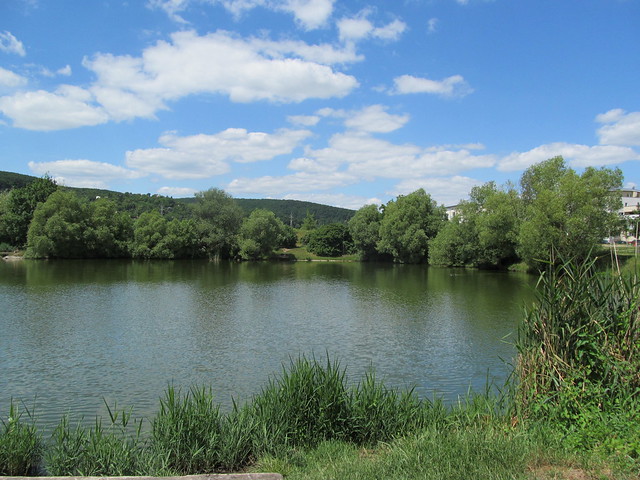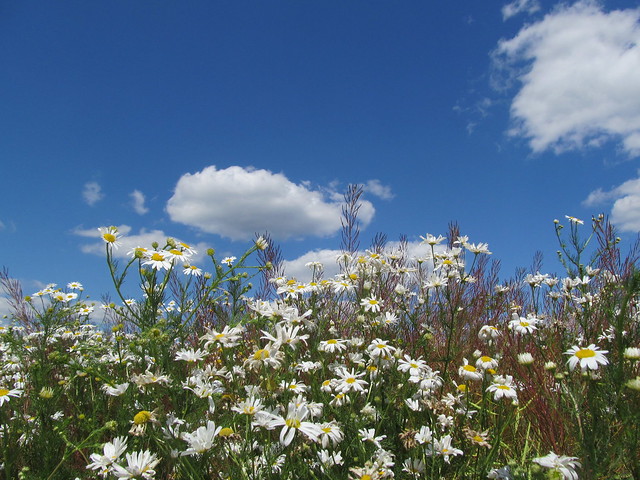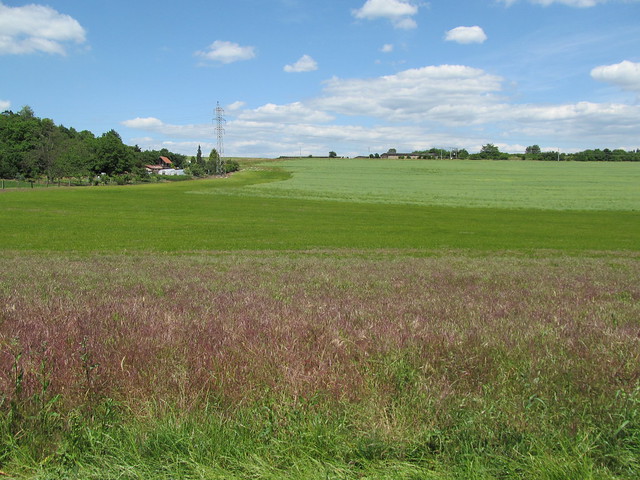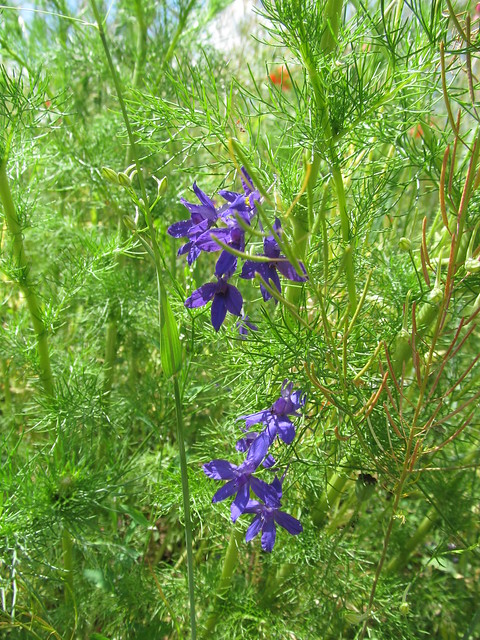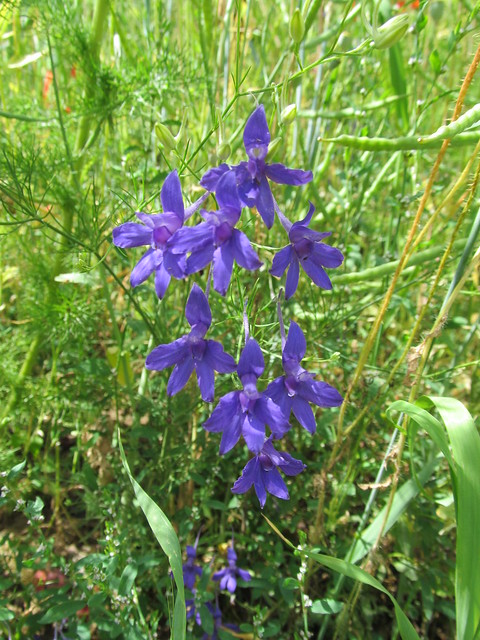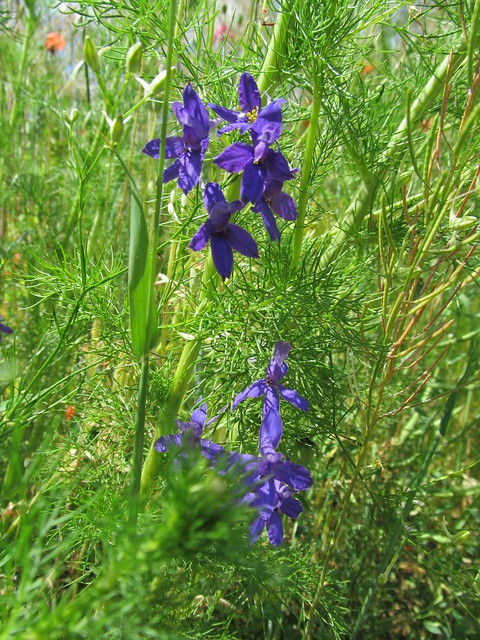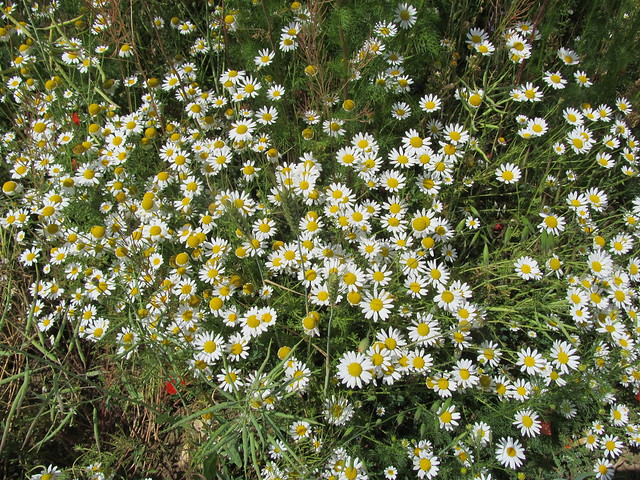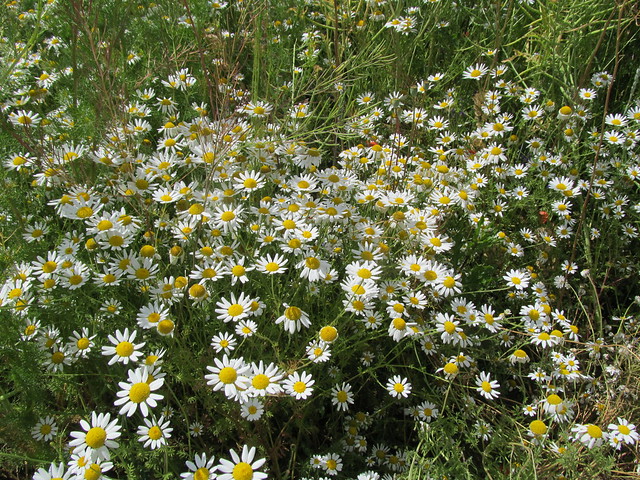Much earlier than this challenge, my sister asked me to make her a corset, to wear as a supportive undergarment. It was the first time I've ever made such a garment, so there was much work involved - starting, upon arriving home with the materials (all from Sartor - oh the joy of a dedicated historical sewing shop in my own country!), with figuring out how to set the grommets. Because they didn't come with an implement, and it turns out all such tools start around 500 CZK. So there was a lot of experimenting and gradually more and more successful try-outs all through summer; now I have a home-made udělátko that still isn't quite perfect, but works well enough.
I needed to start with that, because I decided I needed lacing strips for mock-ups. It held me up terribly, but I think in the long run, it was the right decision, because a) now I have lacing strips for mockups that I've already used again for another garment, b) it was also a mock-up for the setting of gromments, so I was a bit more confident on the final garment.
After that, it was to the mock-up. And the pattern. I originally contemplated making the corded corset from the Chisholm Trail Museum, the pattern for which Marna Davis shared through the Historical Sew Fortnightly Facebook group, and other freely available patterns like that; but in the end, I decided all the resizing involved was too much of an uncertain work for something I was doing for the first time ever, and used the drafting tutorial on Foundations Revealed.
I still had to make considerable alterations to it. In part, I think, because I miscalculated some of the measurements (I tried to follow The Dreamstress' guidelines for negative ease, but I mixed it up somewhere along trying to follow the tutorial as well). In part, my sister suspected, because she may have lost some weight between the drafting and the trying on. In part because we were not quite sure just how high and low she wanted it to go until we tried it on. And in part, I think, because I needed to take it in a bit under the bust for it to really give the support needed - larger cup sizes are accounted for in the directions, but maybe not quite enough? The underbust doesn't enter the calculations, which I think might be a mistake for larger cup sizes.
This photo is from when I played around with the final cutting layout, I think, so the pattern pieces are mixed up. But it seems to be after the alterations. In the end, I made all the pattern pieces twice, so that I could be sure about the layout.
(The mock-up was made from my father's old discarded jeans. He wears exclusively Levi Strauss, so he commented that it's a very expensive mock-up. It's okay; I think I'm going to reuse it for a mock-up for myself.)
After we settled on a shape, and on lacing in the front instead of the busk because my sister struggled with it, I cut it out of coutil and sewed it up. Press all seams. Then I added a waist stay out of twill tape, caught with stitching on all the seams.














